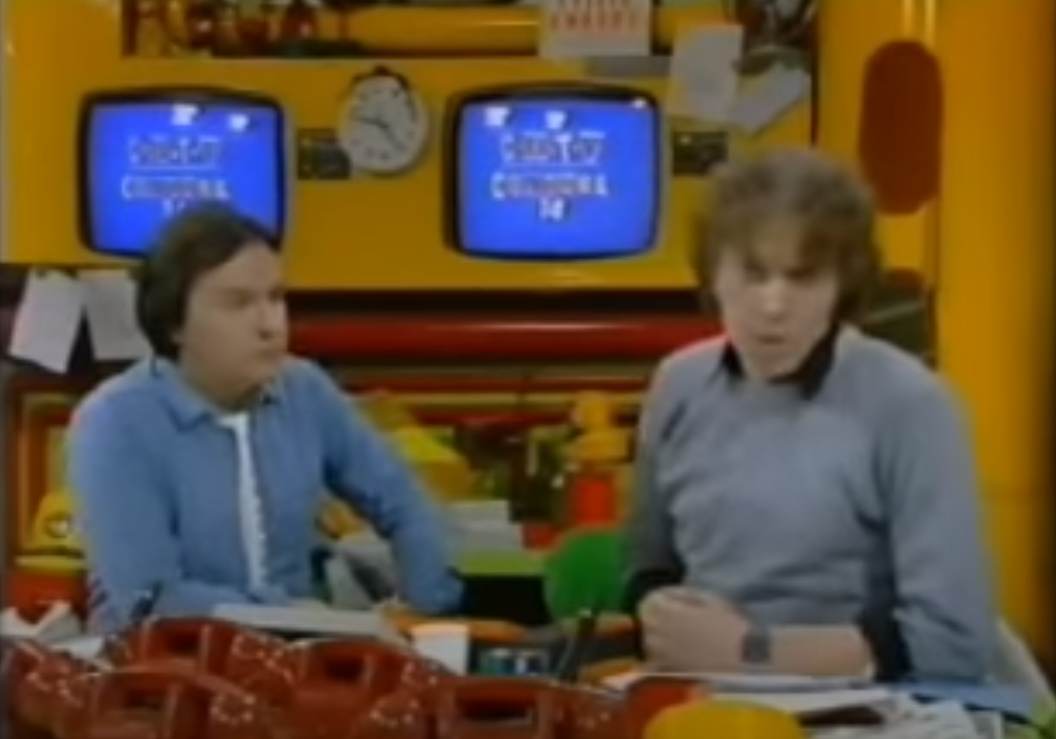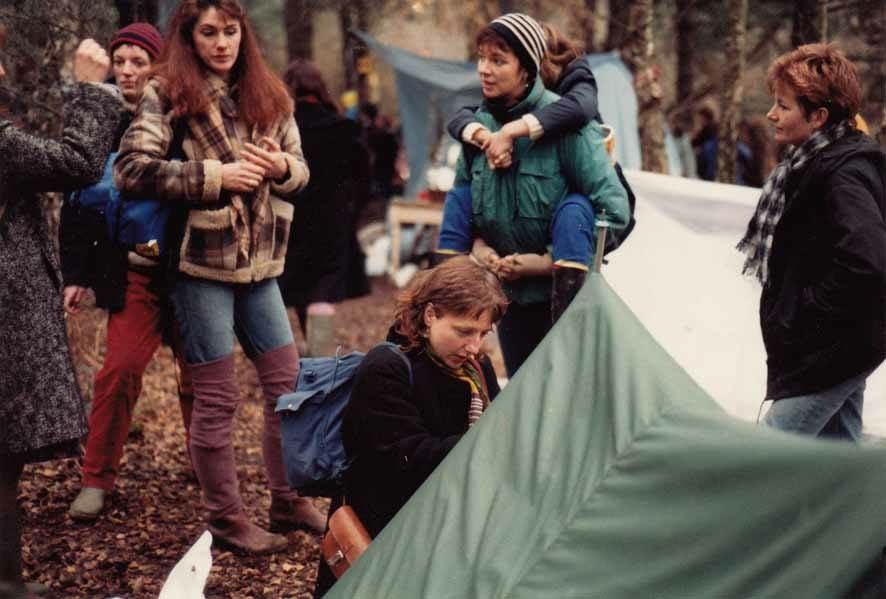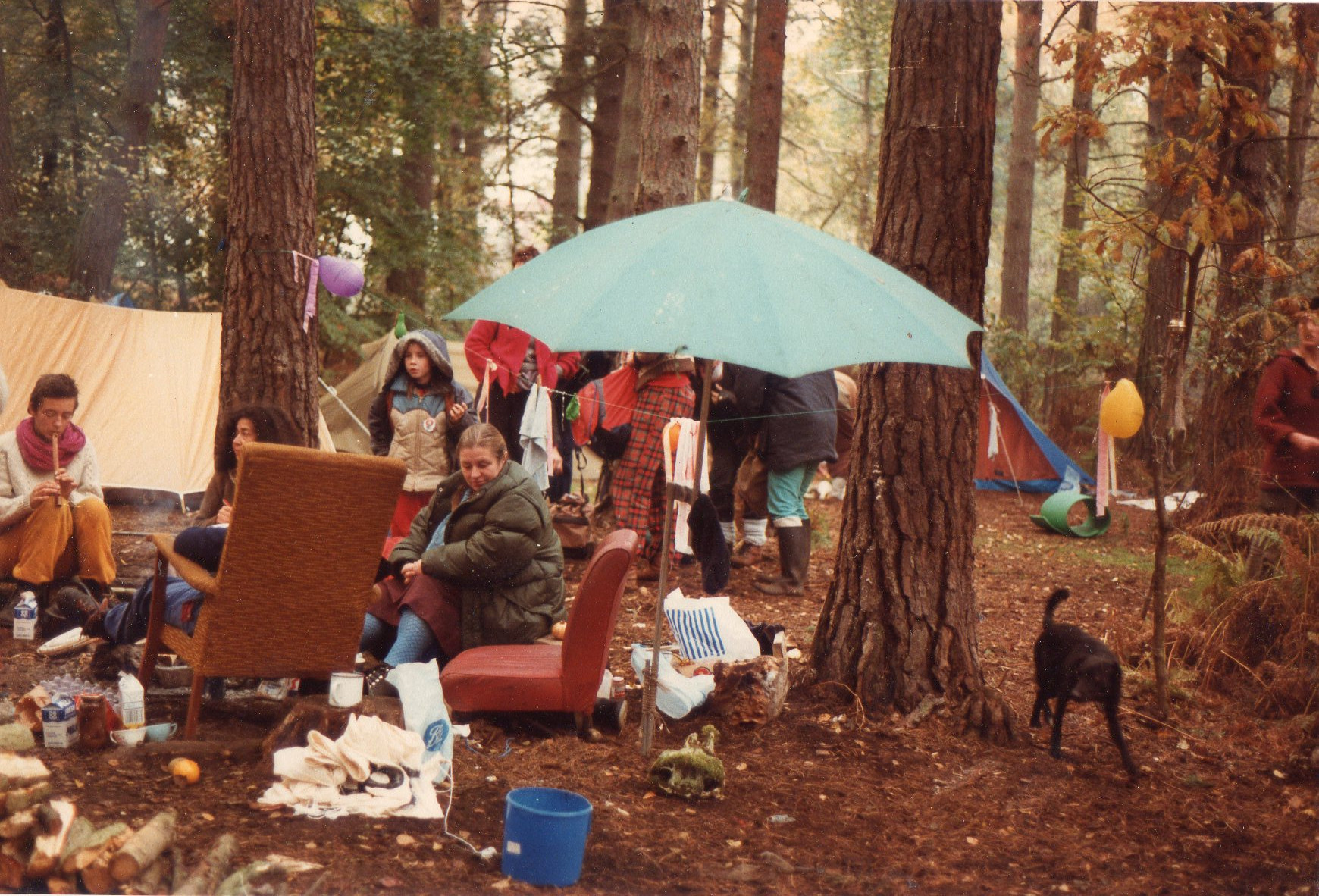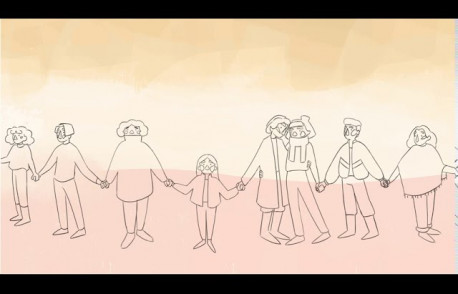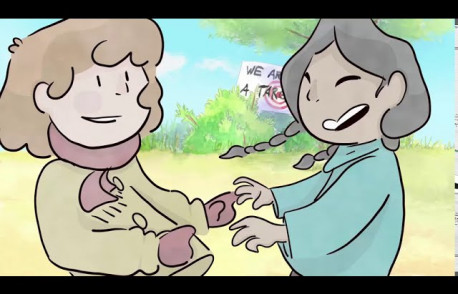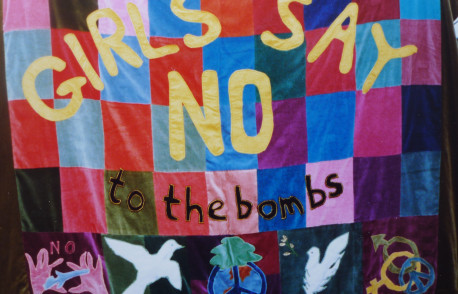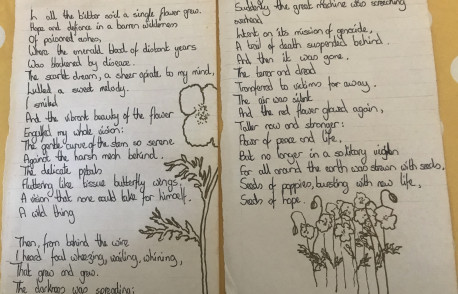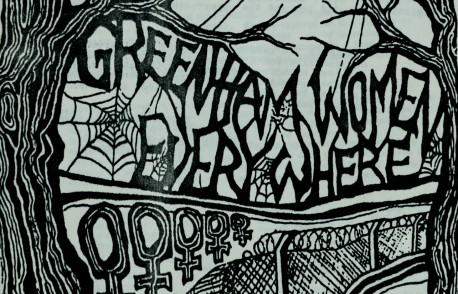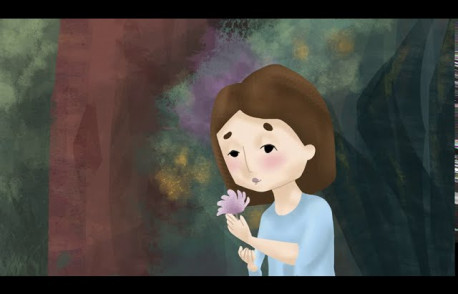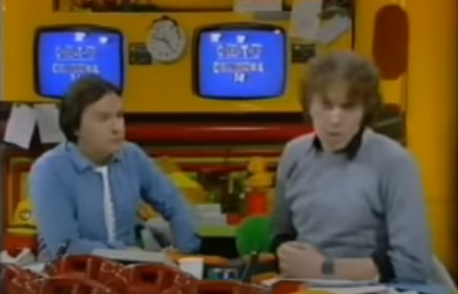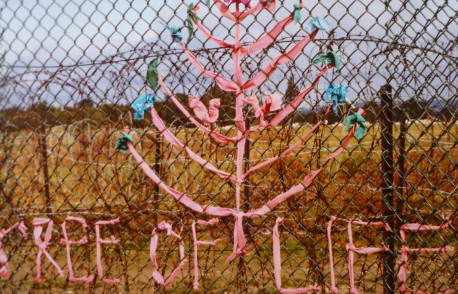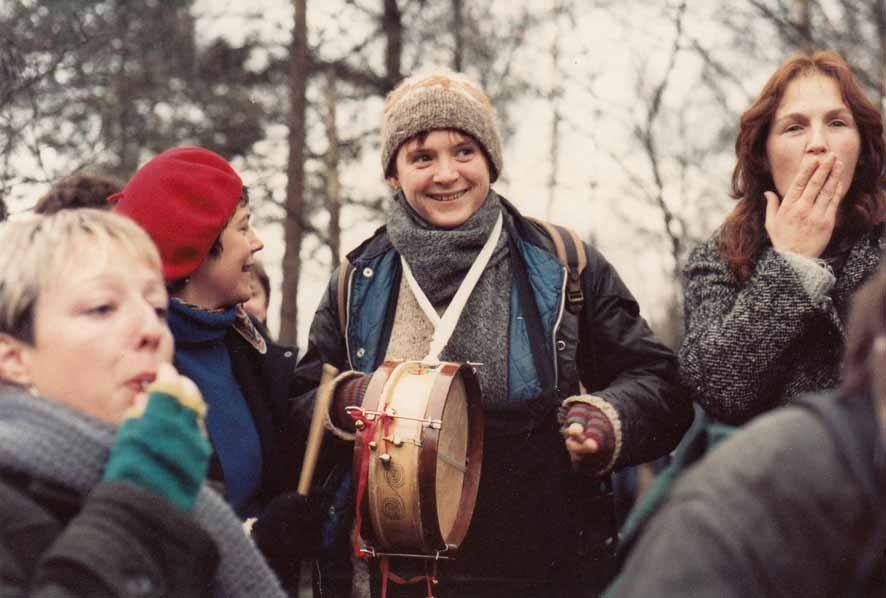Women only
From 1982 onwards it was decided that the camp would be women only. Men could support the action by making sandwiches, running the creche or joining cruise watch but they couldn’t sleep at the camp or be part of the action. While many women came to the camp to protest American nuclear weapons many came to live and be part of an exclusively female space and they thrived together, pushing those watching to question war, violence, sexual orientation, and gender roles. Many women who were there say this changed their lives forever.
Choosing your gate
The camp was non hierarchical which meant there wasn’t a leader. There were multiple camps around the 9 mile perimeter fence and each camp was named after a different colour so one wasn’t seen as more important than another.
Each gate had it’s own personality:
- Green gate was tucked away in the wood and was where many of the women went to heal or recover if they were hurt.
- Blue gate was near the pub and sometimes had a party atmosphere. It was where a lot of the younger women stayed when they arrived at the camp.
- Yellow gate had strong political views and they regularly talked to the press.
- Violet gate was where the women called themselves the ‘write offs’ as the rest of the camps were largely vegan and vegetarian but at violet gate they still enjoyed the odd bacon sandwich!
Where would you have stayed?
Making a camp
The women made shelters called benders. These were temporary shelters made out of flexible hazel branches or willow withies. The branches are placed in the ground, then bent and woven together to form a strong dome-shape. The dome is then covered using tarpaulin or plastic sheeting. When built properly these temporary shelters can withstand strong wind and rain.
Bailiffs would regularly visit the camp, throwing shelters and women’s possessions into the muncher. The women would need to be able to take down and pack up their belongings quickly to avoid loosing them. Sometimes bailiffs would come round multiple times in one day.
To agree or disagree?
With thousands of women joining the camp at different times from all walks of life they didn’t always agree. The Greenham Women would discuss their views of the world and listen to others over a cup of tea or round the campfire. Often they would strongly disagree with each other but for all the things they didn’t agree on there were always many more things they did agree!
When the time came to jump into action all arguments would be forgotten as they linked arms and watched out for one another.
